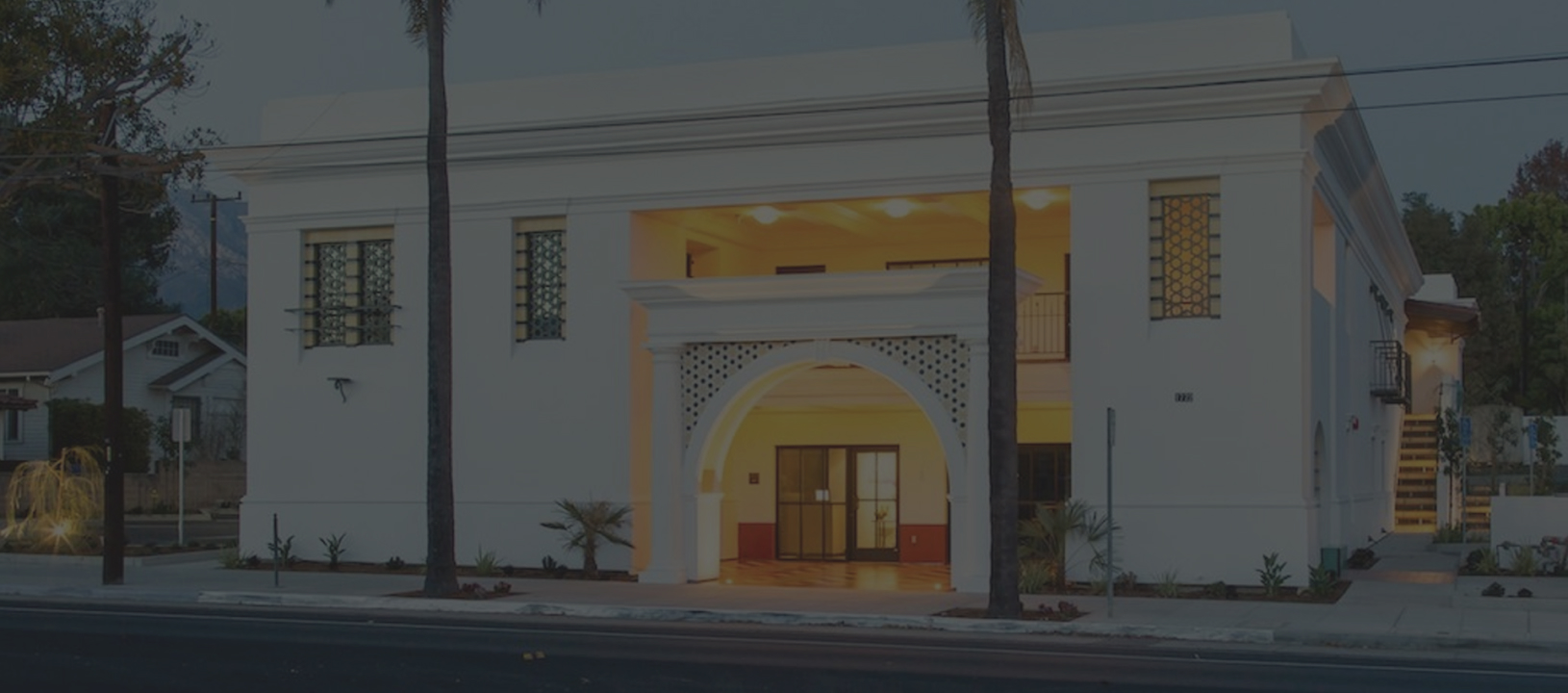As we begin to utilize our new Blog on our website at the Montecito Center for Aesthetic Plastic Surgery in Santa Barbara, I want to touch on a question that I frequently get asked- “Should I use saline breast implants or silicone breast implants for my breast augmentation?” While this is somewhat of an involved question and many issues factor into it, I thought I would briefly discuss a few of the things I think about when discussing this issue with patients before having plastic surgery in Santa Barbara.
The first thing I think about in evaluating you is your age. The FDA has approved silicone breast implants only for those women 22 years of age and older. While this seems somewhat arbitrary, this means that there needs to be a specific reason to use silicone in a woman who is younger than 22 years of age, such as failure of a previous implant or some type of reconstruction.
Secondly, when you come to be evaluated for breast implants in Santa Barbara, I assess the amount of breast tissue that you already have.One of the concerns about saline breast implants are the slightly firmer feel that they can have, as well as the rippling that can sometimes be seen. These issues are more problematic in women with little native breast tissue as there is less natural tissue to cover the implants. In these women I recommend using silicone breast implants. Alternatively, if a woman has a substantial amount of breast tissue that would be available to mask the underlying implant better, I think saline breast implants are an excellent option.
Several other factors go into the discussion of whether to use saline or silicone breast implants when you are evaluated for breast augmentation here in Santa Barbara. I will also discuss with you the fact that larger incisions are required during surgery to place a pre-filled silicone breast implant into the breast augmentation pocket. Saline breast implants can be rolled up and passed through a smaller incision, and then filled once in the surgical pocket. Additionally, silicone breast implants have been associated with a slightly higher incidence of capsular contracture, or problematic scar tissue forming around the breast implant itself. While severe problems with either implant are uncommon, this is still something to consider and discuss when making the decision about what kind of breast implant to use.
A further consideration is how to tell whether the breast implant has failed. Like all things, from computers to homes to automobiles, there is some risk that over time, the implant can leak. Saline filled implants leak saline that is absorbed by the body and this is usually without significant consequence. This is because the water, sodium, and chloride that are the components of saline make up much of the material of your body anyway. Saline leaks are usually easily detectable by a change in the apparent volume of the breast implant and therefore the breast shrinking from its normal size. Silicone leakage, on the other hand, may be difficult to detect by only observation. Unlike saline, the majority of the silicone is not absorbed by your body and tends to remain at or near the breast implant site. While many studies have been performed that do not show significant correlation between leaking silicone and human disease, I still advise patients who have leaking silicone breast implants to have their breast implants removed and replaced. These leaks are often detectable by ultrasound or magnetic resonance imaging (MRI), and therefore a maintenance surveillance schedule of these studies is required when choosing silicone breast implants to make sure that the implants are continually in good working shape. It’s kind of like brining your car in for a checkup every 10,000 miles.
There are a few more nuances that may direct you to use either a saline breast implant or a silicone breast implant in your breast augmentation, and I go over these above points and more during your consultation. In the end, it is largely a matter of your preference as to which material is used in your breast augmentation. All of these small differences between saline and silicone for breast augmentation should be discussed with your plastic surgeon, whoever he or she may be. Prior to plastic surgery at my Center in Santa Barbara, I make it a point to be certain that every woman considering breast augmentation, or any plastic surgery for that matter, is well educated about the procedure being considered.

